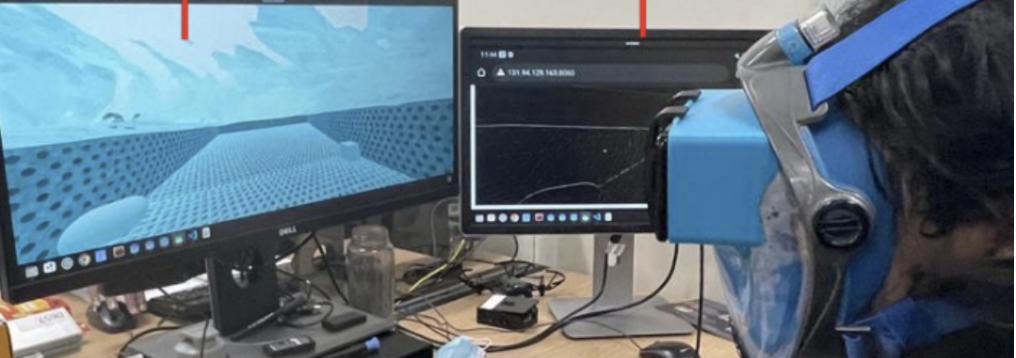In order to expand the user base of operators and enable new applications in the ROV world, it is necessary to create efficient and intuitive Human-Robot interfaces. In this paper, the authors explore a concept for teleoperating a BlueROV2 using a head-mounted display (HMD).
Abstract: Efficient and intuitive Human-Robot interfaces are crucial for expanding the user base of operators and enabling new applications in critical areas such as precision agriculture, automated construction, rehabilitation, and environmental monitoring. In this paper, we investigate the design of human-robot interfaces for the teleoperation of dynamical systems. The proposed framework seeks to find an optimal interface that complies with key concepts such as user comfort, efficiency, continuity, and consistency. As a proof-of-concept, we introduce an innovative approach to teleoperating underwater vehicles, allowing the translation between human body movements into vehicle control commands. This method eliminates the need for divers to work in harsh underwater environments while taking into account comfort and communication constraints. We conducted a study with human subjects using a head-mounted display attached to a smartphone to control a simulated ROV. Also, numerical experiments have demonstrated that the optimal translation is often the most intuitive and natural one, aligning with users’ expectations.
Author: Padrao, P.; Fuentes, J.; Kaarlela, T.; Bayuelo, A.; Bobadilla, L.
Journal: arXiv
To read more, click here!

